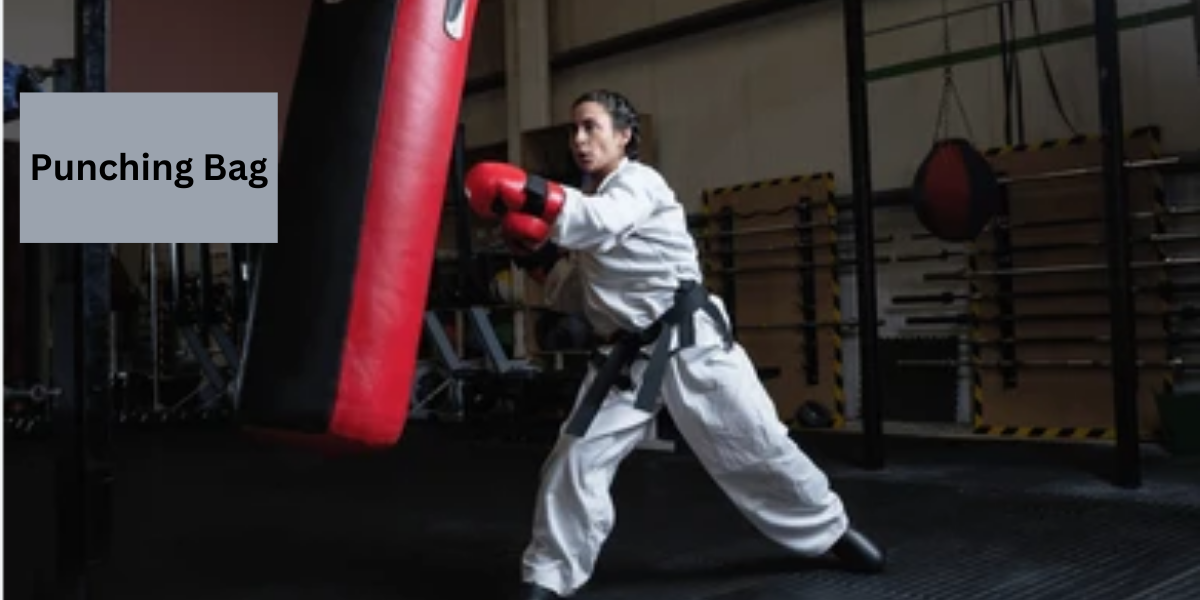A punching bag is an essential tool for anyone looking to enhance their fitness, improve martial arts skills, or relieve stress. However, selecting the right punching bag and installing it properly can feel overwhelming due to the variety of options available. In this guide, we’ll walk you through the key factors to consider when choosing a punching bag, provide actionable tips for installation, and ensure you get the most out of your investment. Whether you’re a beginner or a seasoned athlete, this comprehensive guide will help you make an informed decision.
Why Invest in a Punching Bag?
Punching bags are versatile training tools that offer numerous benefits:
- Improved Cardiovascular Fitness: Engaging in regular punching bag workouts boosts your heart health and stamina.
- Enhanced Strength and Coordination: Repeated strikes help develop muscle strength and hand-eye coordination.
- Stress Relief: Hitting a punching bag can be a great way to release tension and improve mental clarity.
- Skill Development: For boxers, martial artists, and fitness enthusiasts, punching bags are indispensable for honing technique.
Types of Punching Bags
Understanding the different types of punching bags is crucial to making the right choice. Here are the most common options:
1. Heavy Bags
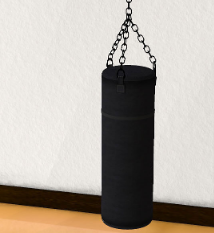
- Description: Long cylindrical bags that hang from the ceiling or a stand.
- Best For: Power punches, kicks, and overall strength training.
- Weight: Typically ranges from 70 to 150 pounds.
2. Speed Bags
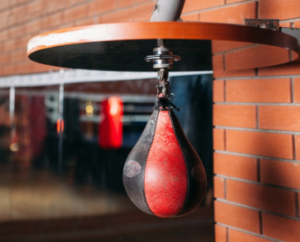
- Description: Smaller, teardrop-shaped bags mounted on a swivel.
- Best For: Improving speed, timing, and hand-eye coordination.
- Weight: Lightweight and filled with air.
3. Freestanding Bags
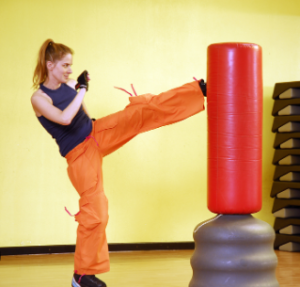
- Description: Bags mounted on a weighted base, often portable.
- Best For: Versatile training, especially for those with limited space or rental restrictions.
4. Double-End Bags
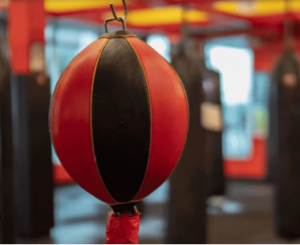
- Description: Small bags anchored by elastic cords at both ends.
- Best For: Precision, reflexes, and timing.
5. Aqua Bags
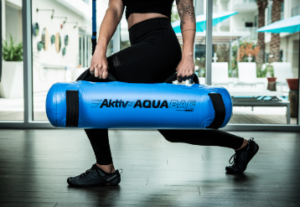
- Description: Water-filled bags that absorb impact better than traditional heavy bags.
- Best For: Joint-friendly training and a unique hitting experience.
Factors to Consider When Choosing a Punching Bag
1. Weight
Choose a bag that’s roughly half your body weight for optimal resistance. For example, if you weigh 160 pounds, a 70-80 pound bag is ideal.
2. Material
- Leather: Durable and offers a premium feel.
- Synthetic Leather: Cost-effective and suitable for beginners.
- Canvas: Affordable but less durable.
- Water-Filled Bags: Provide softer impacts and reduce joint strain.
3. Filling
- Sand: Heaviest and most solid.
- Fabric: Balanced density.
- Water: Absorbs impact, reducing strain.
- Air: Common in speed bags for a lightweight feel.
4. Space Availability
Consider where you’ll place the bag. For smaller spaces, a freestanding or wall-mounted bag may be more practical.
5. Purpose
Decide on your training goals: fitness, skill improvement, or stress relief. This will guide your choice of bag type.
6. Budget
Set a budget. High-quality bags typically cost more but offer better durability.
How to Install Your Punching Bag
Proper installation ensures safety and enhances your training experience. Follow these steps based on the type of punching bag you select:
1. Hanging a Heavy Bag
Materials Needed:
- Heavy bag
- Ceiling mount or wall bracket
- Swivel chain
- Drill and screws
- Stud finder
Steps:
Locate a Secure Anchor Point: Use a stud finder to locate a ceiling joist or beam strong enough to support the bag’s weight.
- Install the Mount: Drill holes and securely attach the ceiling mount or wall bracket.
- Attach the Bag: Use a swivel chain to hang the bag, ensuring it can rotate freely.
- Test Stability: Gently push the bag to check if it’s securely installed.
2. Setting Up a Freestanding Bag
Steps:
- Assemble the base and bag according to the manufacturer’s instructions.
- Fill the base with water or sand for stability.
- Position the bag in a spacious area for unobstructed movement.
3. Installing a Speed Bag
Materials Needed:
- Speed bag platform
- Swivel mount
- Drill and screws
Steps:
- Mount the platform on a sturdy wall or stand.
- Attach the swivel to the platform.
- Secure the speed bag to the swivel and test its movement.
Maintenance Tips for Longevity
- Regular Cleaning: Wipe down your bag with a damp cloth to remove sweat and dirt.
- Check for Wear and Tear: Inspect the bag and mounting hardware for damage regularly.
- Replenish Filling: If the bag’s filling becomes uneven, redistribute or replace it.
- Proper Storage: Keep the bag in a dry area to prevent mold or mildew.
Common Questions About Punching Bags
Q: Can I use a punching bag without gloves?
A: While it’s possible, wearing gloves or hand wraps is recommended to prevent injuries and protect your hands.
Q: How do I determine the right height for my punching bag?
A: The bag’s midpoint should align with your chest or shoulder level for heavy bags. Speed bags should be at eye level.
Q: What if I have limited space?
A: Opt for a freestanding bag or a compact wall-mounted option.
Conclusion
Choosing and installing the right punching bag can transform your workout routine, helping you achieve your fitness or training goals. By understanding the different types of bags, considering key factors like weight and material, and following proper installation guidelines, you’ll set yourself up for success. Start today and take your training to the next level!

